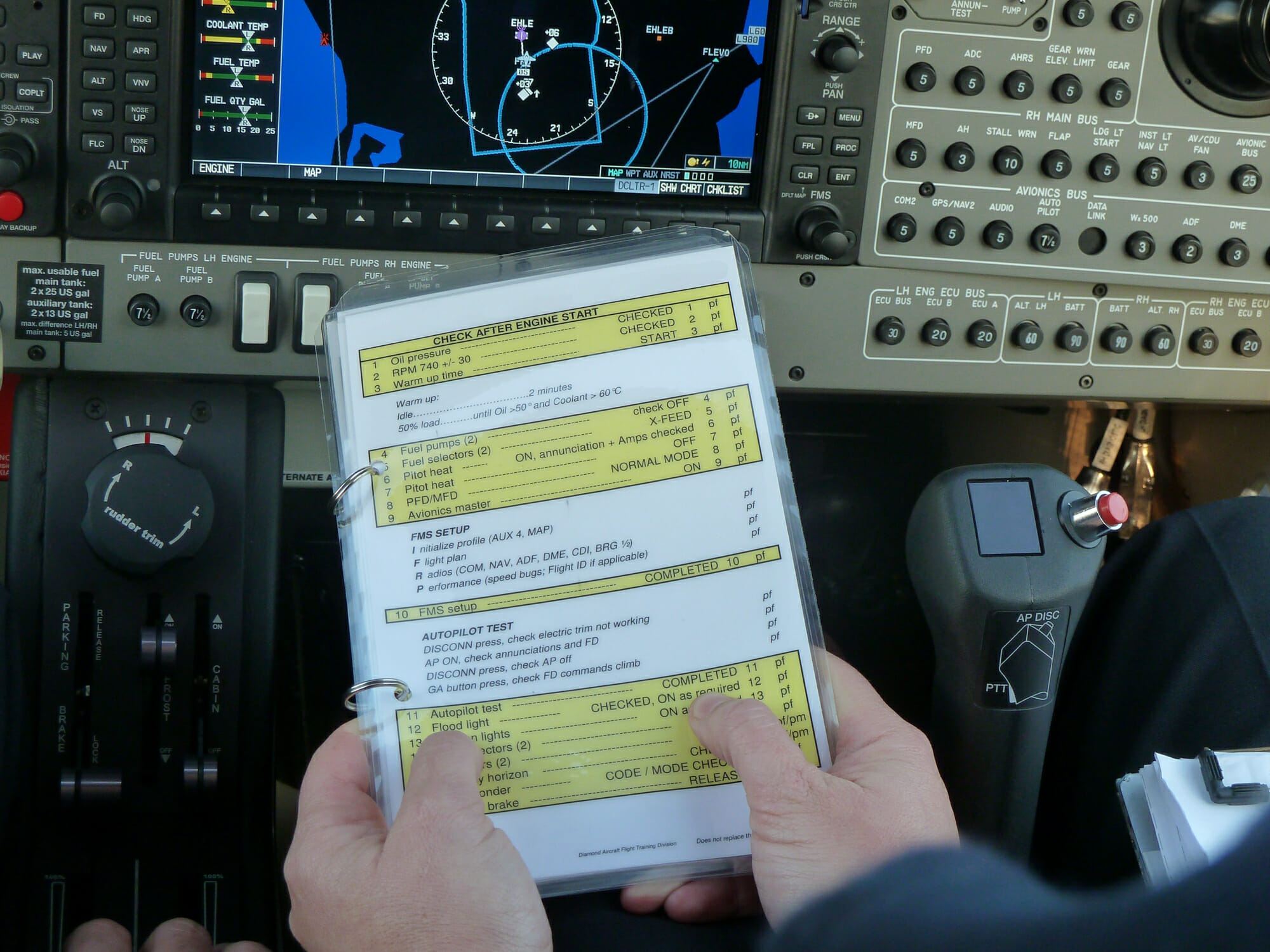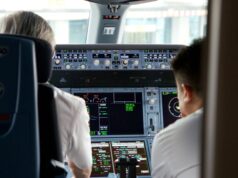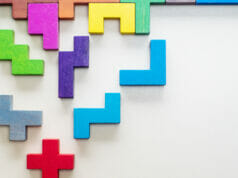Repetition can be a great tool for learning. Following the logic of the well-known saying, “practice makes perfect,” repeating something over and over allows us to develop our skills and knowledge to become better at performing a task. We follow a helpful routine to increase our comfort with a certain procedure. Whether learning is occurring in the classroom or in an airline simulator, repeated practice is a key to proficiency.

While learning through repetition is natural, it is important to recognize the traps we may fall into when we repeat a routine time and time again. When we become so familiar with a routine that we turn our brains to autopilot when completing them, we open up the door to potential errors caused by expectation bias. During private pilot training, we learn about the numerous documents that are required to be onboard an aircraft in order for it to be deemed compliant. After learning to incorporate a document check into my preflight, I developed a routine that would ensure I had checked the documents before each flight. After a handful of lessons, my flight instructor placed one of the documents into his flight bag before I got to the airplane to perform a preflight inspection. It was a quick little test of his to ensure that I was actually checking for the correct documents, and not simply running through the motions. His test was a great lesson in potential pitfalls of a routine. It is easy to become accustomed to a expect a certain outcome that you do not notice when something different occurs. His lesson provided great insight into that function of the human brain which has stuck with me for years.
In the airline world, similar habits are developed when looking through preflight paperwork. Most pilots have their own particular way of looking through the information and making notes regarding information they will need in the flight deck or details that are crucial to flight safety. As a routine is developed and implemented, it again opens up opportunities for error. Should information be placed somewhere the reader is not expecting, details may be overlooked. Add external factors to the situation, such as time pressures, and the odds of a mistake increase even more.
Now I don’t mean to indicate that routines are dangerous or that they will result in errors. Pilots are very detail oriented and are trained to handle ever-changing conditions. We are also trained to work as a crew and to continuously verify information to maintain flight safety. In fact, we use routines every day for many tasks, both inside and outside the airplane. However, it is important to recognize the threats to safety that can arise when we follow the motion of the routines while expecting a certain result. If you are very familiar with one task, it can become easy to allow your mind to move onto a different task while still completing the first one. When we find ourselves doing that, remember to slow down, focus on each task at hand, and never be afraid to double- or triple-check your work.

























































































































